Take a CFD position on cryptocurrency prices 24/7, and discover markets including bitcoin, ether and tether.

Gain deeper context on cryptocurrency market trends – including top rising coins, the most volatile assets, and the most traded crypto pairs across major trading platforms.



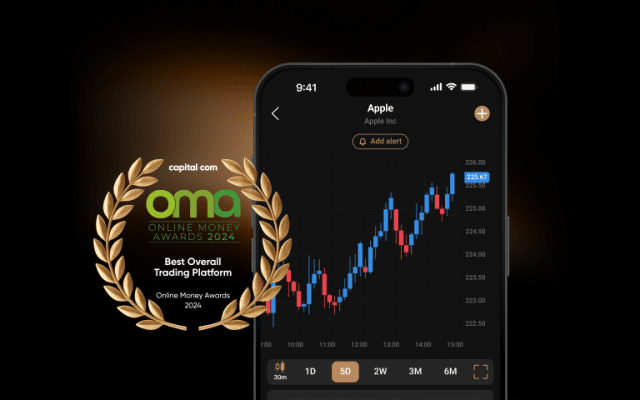
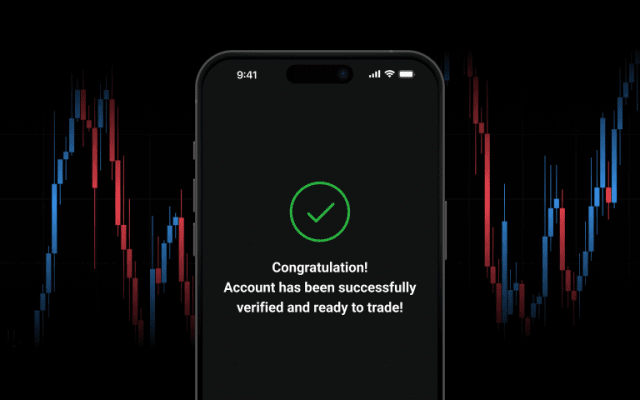
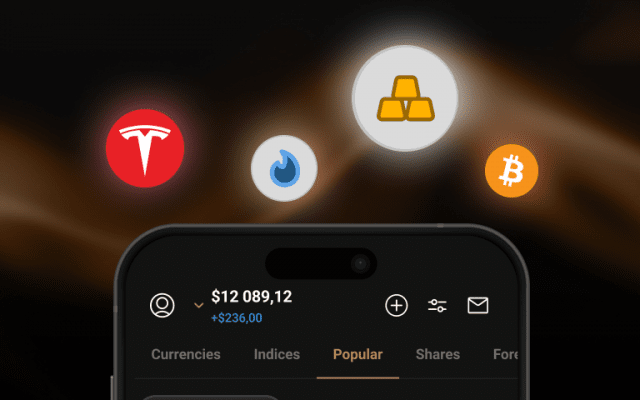
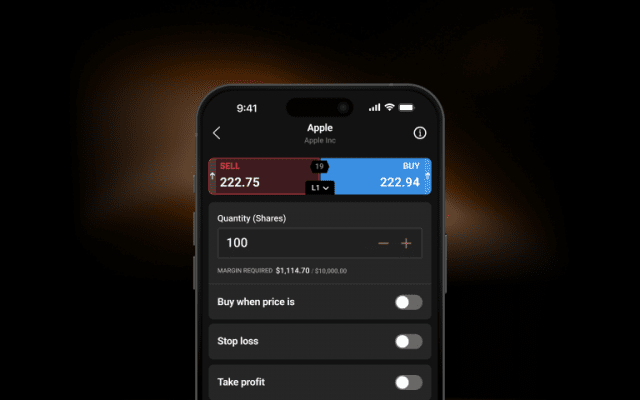

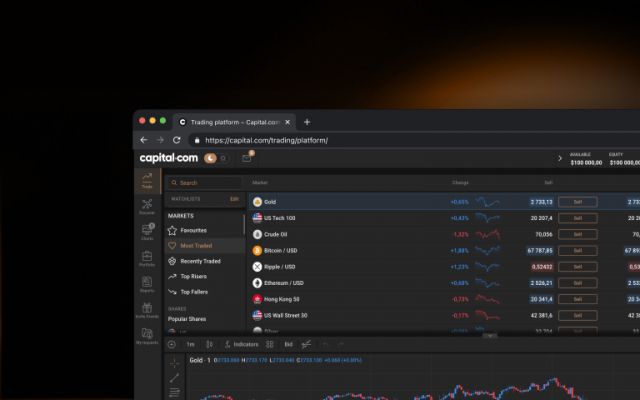
I'm learning the basics of stock inv
Great customer service I got to say that. They helped get my account back very fast, after i logged myself out by losing my old email, it was so fast you wouldn’t believe it thank you once again.
Everything worked as expected from the 1 day. I didn’t have to search how to use the platform, it’s intuitive. The support chat was there when I had a tiny issue.
Capital.com has been great for both learning and trading. The app is clean, fast, and packed with useful tools. Customer support has been solid too. Definitely recommended for beginners and active traders alike.
I trade every day and Capital is my beloved home. I also create music and you can always feel when something has been created from the heart. Capital has soul!
The app is built to make op
Deposits and withdrawals work with
I would like to express a huge thank you to Evgeniya Logvinovich, customer service manager. For your attention and heartfelt attitude to your clients.❤️
I am extremely happy with this broker. Great spreads, good selection of instruments, well coded toolbox.
Love the TV integration. Makes traders life smooth and comfortable.
I trade every day and Capital is my beloved home. I also create music and you can always feel when something has been created from the heart. Capital has soul!
I’d been paper trading for 2yrs now, went live and this platform is easy for beginners to understand and navigate all important tools to execute all that I learned. Earning now!
This application is perfect.. simple, easy to use, run smoothly and fast and it has an accurate graphics.. be careful to use only one credit card and one bank account to prevent any withdrawal problem.. overnight fees and spread variation will be repaid for you by the next month.. I used many application but this is the best one
User friendly app & interface and good support team. Funds transfer ease & Leverage is an advantage but crypto is highly risky be responsible of your loss limits and risks appetite.
Capital is really great to be used on start, also beginner friendly broker! Great costumer support and it is quick!
Showing our 4 & 5 star reviews. The specific details of the user have been intentionally anonymised to safeguard their privacy pursuant to GDPR requirements.
Why choose Capital.com? Our numbers speak for themselves
Capital.com GroupCryptocurrency trading involves taking a position on the rising or falling price of digital assets such as bitcoin and ether with the intention to profit. It can be done using derivatives such as CFDs. This method is the same as when you trade more established asset classes such as shares or commodities, in that you’re only trading the underlying price of the asset rather than owning it outright.
CFD Cryptocurrency trading is typically undertaken using leverage, giving you access to the full value of the position with only a relatively small outlay, known as the margin. Leverage amplifies both profits and losses beyond your initial deposit, making trading on margin risky. An alternative way to take crypto positions is by physically buying the digital currency using wallets and exchanges, although this means you can’t speculate on its price falling, and have to put up the full value of the position in order to invest.
People trade cryptocurrencies for a variety of reasons, from the strong profit potential they perceive, to diversification, to its decentralised nature and the accessibility of its 24/7 market. Assets like bitcoin have seen periods of extreme volatility in recent years that have been highly publicised, making them infamous in popular culture and broadening their speculation appeal. Some also see cryptos as a potential hedge against fiat currency risk or inflation, and others appreciate the innovative blockchain technology that underpins them.
We offer CFD trading on cryptocurrencies, giving you exposure to the price movements of cryptos without having to buy them outright. You can trade 450 digital assets with us, with the freedom of speculating on prices falling as well as rising.
Identify potential entry and exit points with our smart, intuitive charting tools, and set price alerts to notify you of significant market moves. Protect yourself against adverse market moves with our range of risk-management tools, including trailing stops which lock in positive market moves while protecting against losses.*
Learn more about cryptocurrency trading and explore potential profits and losses on your crypto CFD trades with our free crypto profit calculator.
*Stop-losses are not guaranteed.

